A Complete Guide for REST API Endpoints
Demystify RESTful communication by mastering API endpoints! This guide unpacks everything you need to know: crafting URIs, wielding HTTP methods, designing requests & responses, and implementing robust security. Conquer REST APIs and unlock a world of data interaction!
In the ever-evolving software development industry, REST APIs (Representational State Transfer APIs) have become a cornerstone for seamless communication between applications. These APIs function through a network of endpoints, acting as designated access points for retrieving, manipulating, and exchanging data.

To learn more about what Apidog offers, click the button below! 👇

Understanding and effectively utilizing REST API endpoints is crucial for developers seeking to leverage the power and flexibility of this architectural style. This comprehensive guide delves into the core concepts of REST API endpoints, equipping developers with the knowledge to design, implement, and interact with them effectively.
What are REST API Endpoints?
Firstly, let us take a short recap on what the formal definition of API endpoints is:
In the context of an Application Programming Interface (API), an endpoint refers to a specific URL (Uniform Resource Locator) that serves as an access point for interacting with a service. It acts as the designated communication channel between a client application and the underlying system that exposes the API. Each endpoint is associated with a particular functionality offered by the API, allowing the client to retrieve, create, update, or delete data resources.

Key Characteristics of REST API Endpoints
Unique Identifier
- Each REST API endpoint has a unique URL that acts as its address on the web. This URL precisely identifies the resource or action available at that endpoint.
- The structure of the URL typically follows a consistent pattern, making it predictable and easy to understand for developers. For example, an API for managing users might have an endpoint like
/users/123to retrieve information for a specific user with ID 123. - Consistency in URL structure promotes discoverability of endpoints within the API.
Resource-Oriented
- REST APIs are designed around resources, which represent data entities like users, products, or orders.
- Each endpoint typically maps to a specific resource or a collection of related resources.
- This resource-centric approach promotes a clear separation of concerns between data and actions, making the API more intuitive and easier to work with.
HTTP Methods
REST APIs leverage standardized HTTP methods to define the type of operation being performed on a resource. The most common methods include:
- GET: Used to retrieve data from a resource (e.g.,
/users/123to get details of a specific user). - POST: Used to create new resources (e.g.,
/userswith user data in the request body to create a new user). - PUT: Used to update an existing resource (e.g.,
/users/123with updated user data in the request body to modify an existing user). - DELETE: Used to delete a resource (e.g.,
/users/123to delete the user with ID 123).
By utilizing these well-defined methods, developers can clearly express their intent with each request, making the communication between client and server more predictable.
Request-Response Cycle
REST APIs function on a request-response cycle. The client application initiates the interaction by sending a request to the designated endpoint URL. The request typically includes:
- HTTP Method: Specifying the desired operation (GET, POST, PUT, DELETE).
- Headers: Optional information like authentication details or content type.
- Body: (For POST, PUT): Data relevant to the operation (e.g., new user data for creating a user).
The server receives the request, processes it based on the endpoint and method, and sends back a response to the client. The response includes:
- Status Code: Indicating success (e.g., 200 OK) or failure (e.g., 404 Not Found) of the operation.
- Headers: Containing additional information like content type or error details.
- Body: (For successful requests): The requested data (e.g., user details for a GET request) or confirmation of successful action (e.g., for a DELETE request).
This structured communication pattern ensures a clear exchange of information between the client and server, promoting reliable and efficient interactions.
What Can You Achieve with REST API Endpoints?
Access and Manipulate Data
- Endpoints allow you to retrieve data from a backend system. Imagine an e-commerce API with an endpoint for orders. You could use a GET request to that endpoint to fetch a specific order or a list of all orders.
- They enable you to create new data resources. A social media API might have an endpoint for creating new posts. You could send a POST request with details like content and author to create a new post.
- Updates to existing data are possible through endpoints as well. A project management API could have an endpoint for tasks. Sending a PUT request with updated information would modify an existing task.
- Endpoints facilitate data deletion. Continuing with the e-commerce example, a DELETE request to the order endpoint could remove a specific order.
Integrate Disparate Systems
By exposing functionalities through well-defined endpoints, APIs enable communication between different applications. For instance, a travel booking app might use an airline API's endpoints to search for flights and book them directly within their app.
Build Dynamic User Interfaces
Modern web applications often rely on APIs to fetch and display data. A news website might utilize an API endpoint to retrieve the latest headlines and populate its front page dynamically.
Automate Tasks and Workflows
Scripts and applications can interact with APIs through their endpoints to automate repetitive tasks. An inventory management system might use an API endpoint to automatically update stock levels when a sale occurs on a connected e-commerce platform.
Foster Innovation and Third-party Development
By providing open access through documented endpoints, APIs empower developers to build creative applications and integrations on top of existing services. Social media platforms are a prime example, where third-party developers can leverage their APIs to create new tools and functionalities.
Apidog - Test Your REST API Endpoints for FREE!
Apidog is a comprehensive API development platform that provides solid solutions for your API problems. With Apidog, you can effortlessly test each every one of your REST API endpoints, or even test many of them together in Apidog's testing scenario feature.


Designing Your Own REST API Endpoints Using Apidog
Apidog provides users with the tools necessary for creating APIs and setting a REST API endpoint they prefer!

To begin, press the New API button, as shown in the image above.

This page allows you to comprehensively define your API's behavior. You can specify:
- The HTTP method used for communication (GET, POST, PUT, or DELETE).
- The exact URL (endpoint) where client applications will interact with your API.
- Any parameters that need to be included in the URL to target specific data.
- A clear description of the functionality provided by the API endpoint.
Once you have finished the basic design of your REST API, you can proceed with securing your REST API, or refining your API by familiarizing yourself with REST API URL best practices and examples!

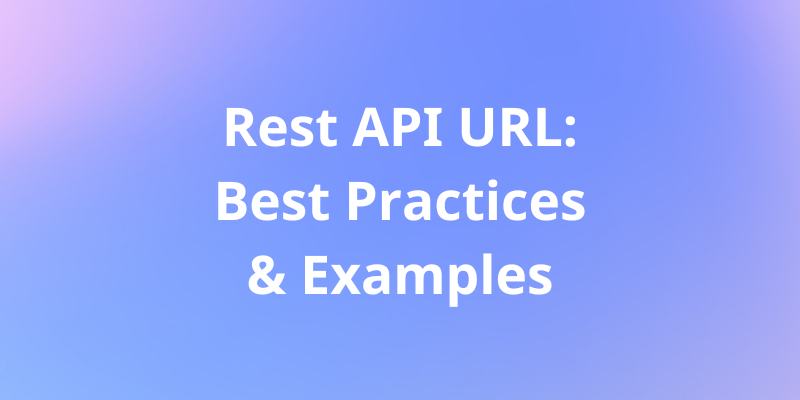
Testing APIs Using Apidog
Once you have created your REST API endpoint, you should test it to ensure that it can run flawlessly when your API's consumers wish to utilize the API's functionalities.
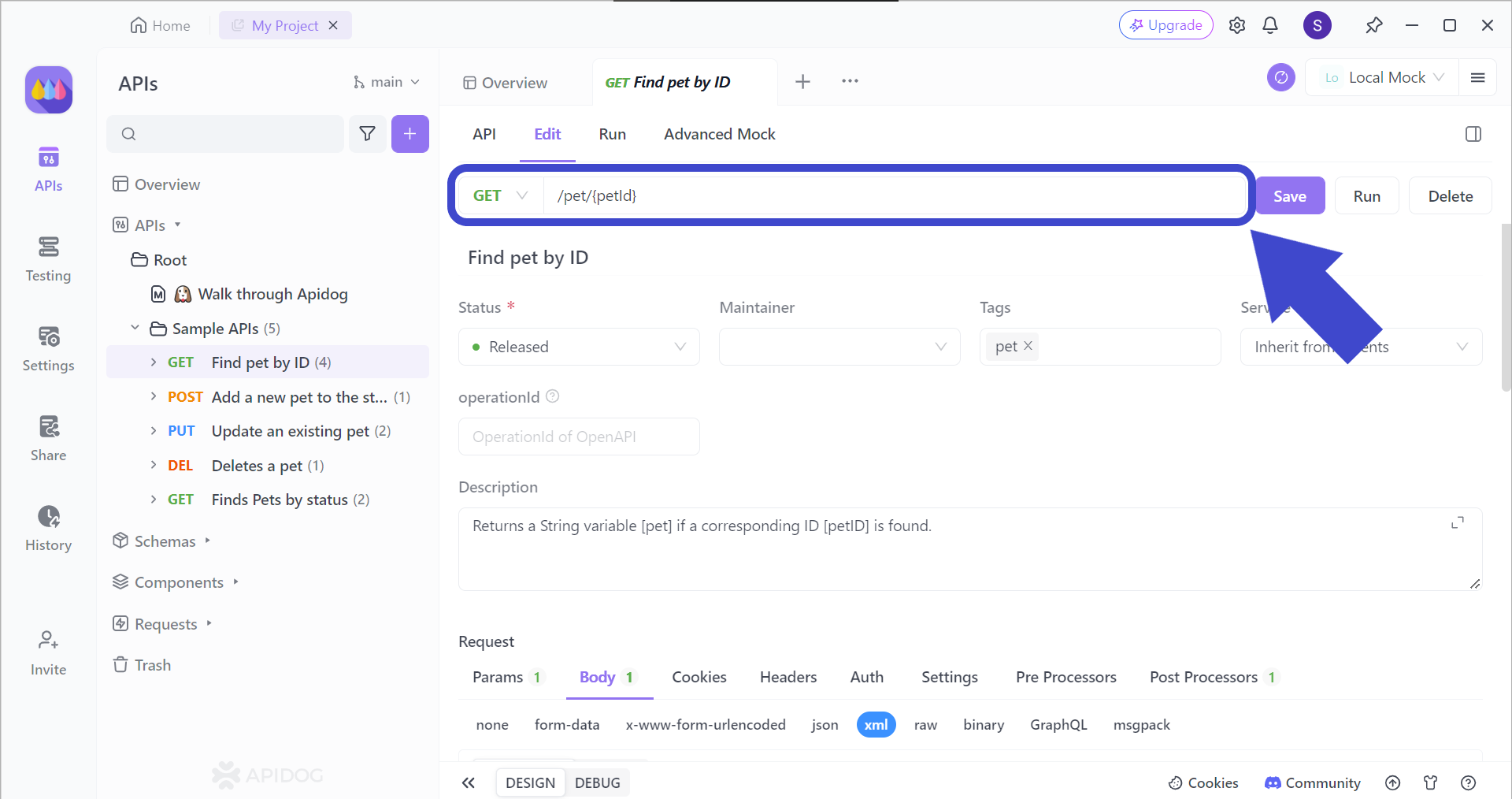
Start by identifying the exact API endpoint you want to test. Include any additional information the endpoint might require, like specific parameters. These parameters help you target the precise data you need within the API, especially when dealing with large datasets.
If you're new to using parameters in URLs, there are resources available online to help you pinpoint the right data within the API.
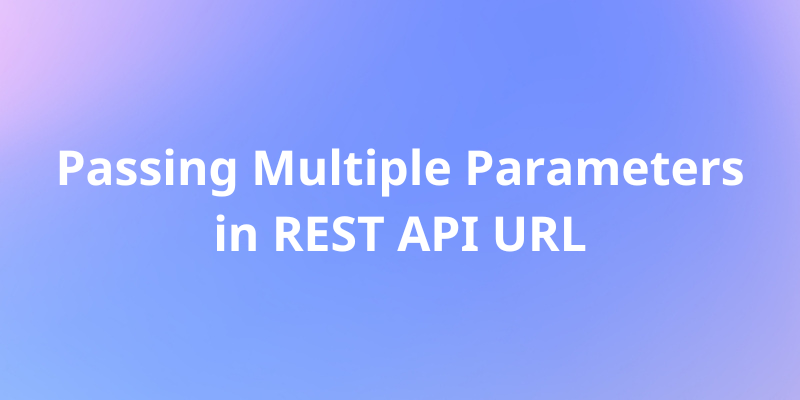
Utilizing Testing Scenarios for Your API Using Apidog
Tired of basic, indivual API testing? Apidog's scenario feature lets you design intricate test sequences that mirror real-life interactions.

Firstly, hit the Testing button, followed by the + New Test Scenario button.
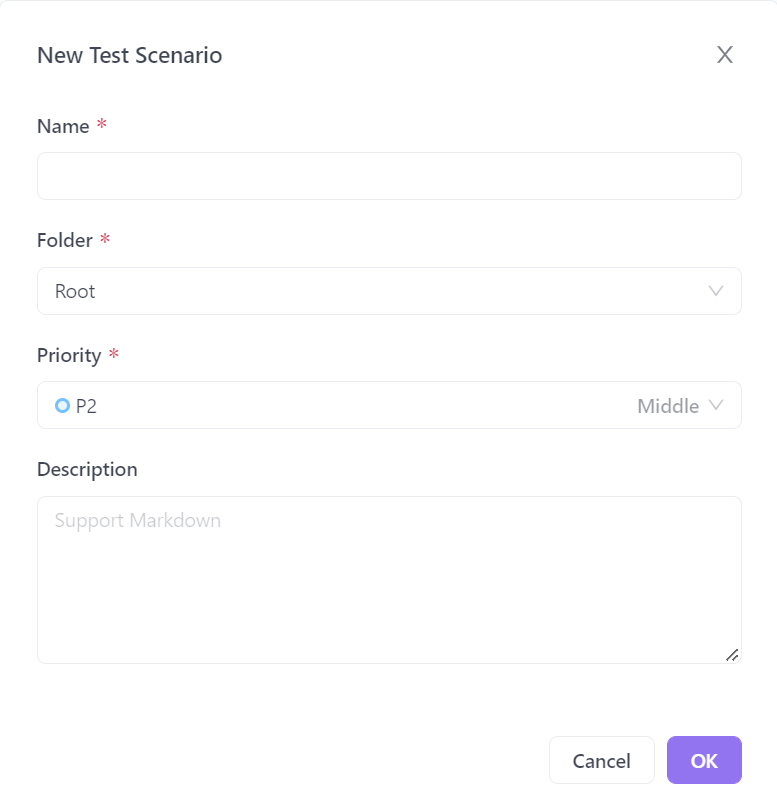
Apidog will ask you to fill in the details for your new test scenario. Make sure to give it a proper name so its function is predictable.
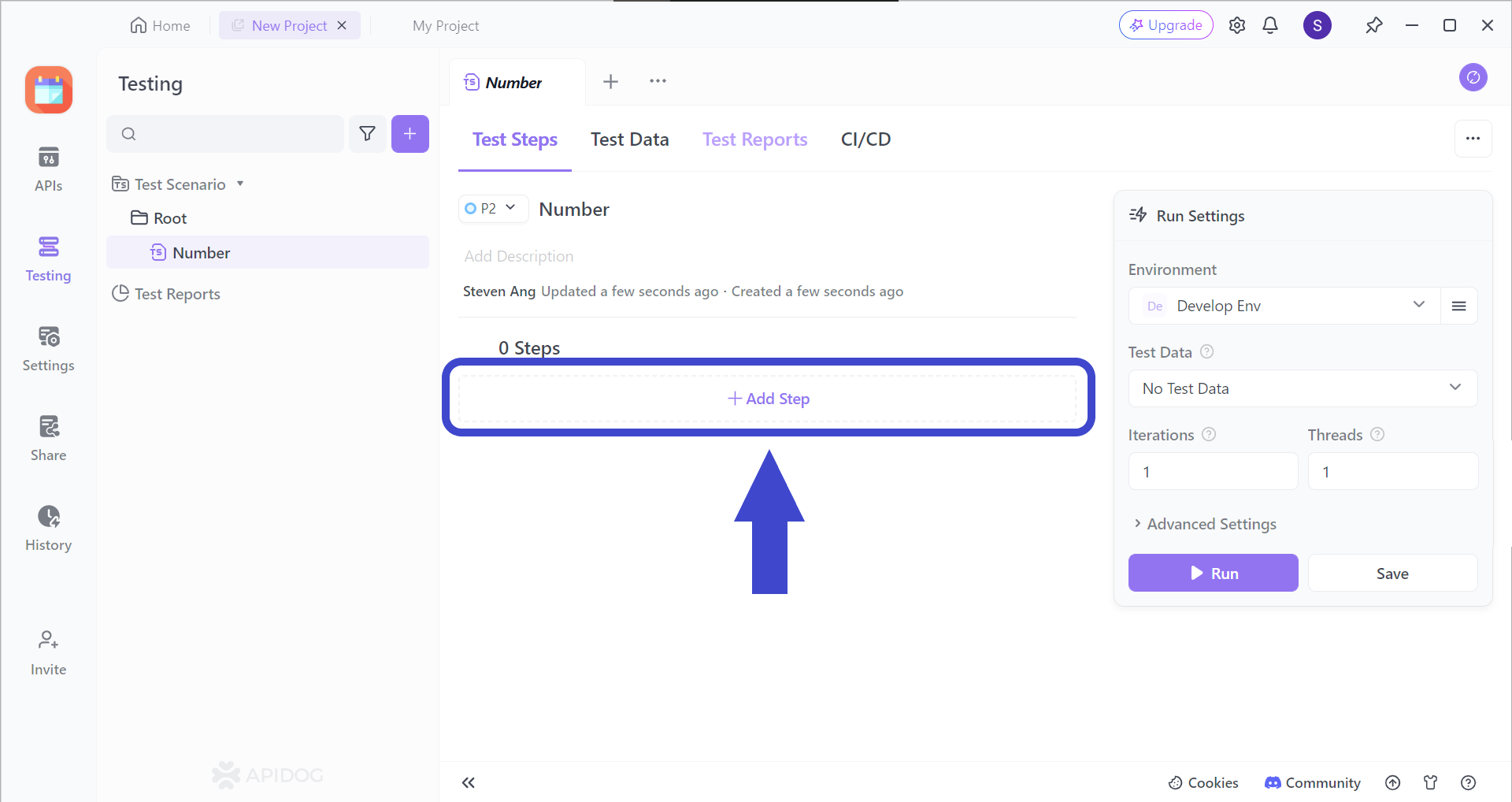
Proceed by adding a step (or many more steps) to your test scenarios by clicking on the Add Step section. You should be able to see the image below.
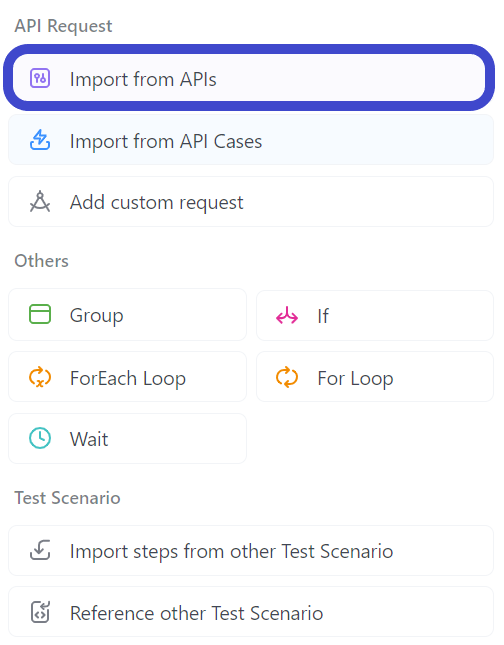
Select "Import from API" from the drop-down menu.
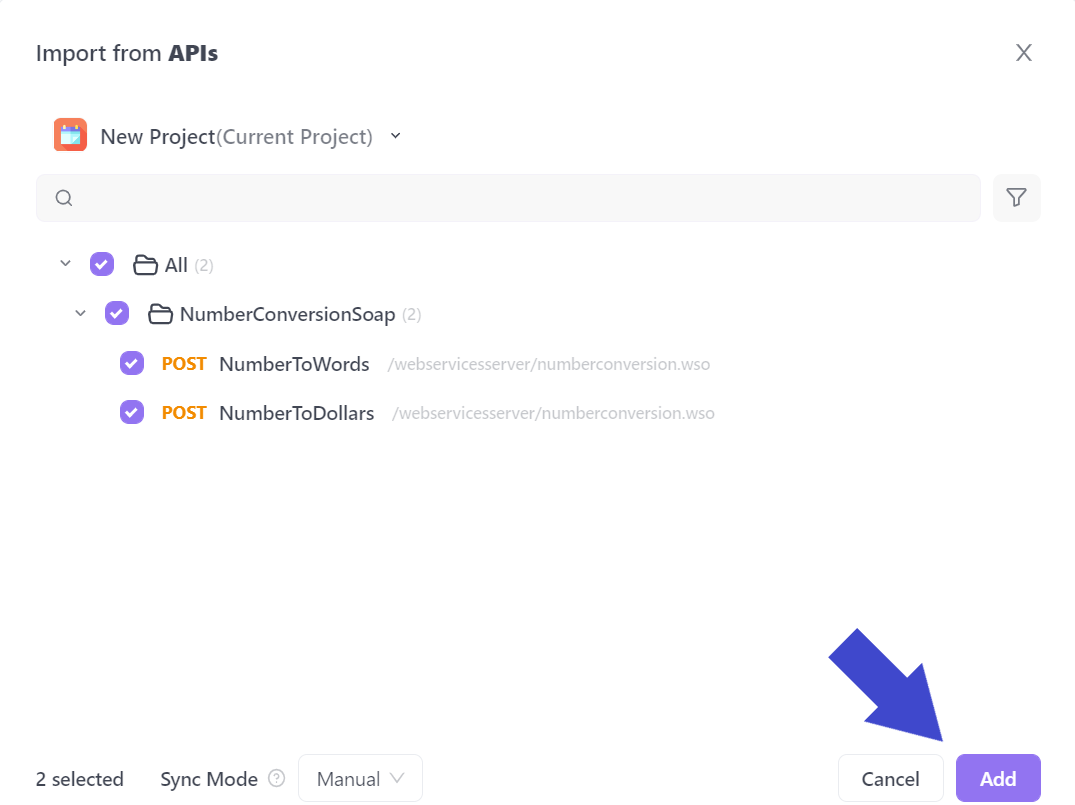
Next, select all the APIs you would like to include in your test scenario. In the example above, the API called NumberConversionSOAP has been included.
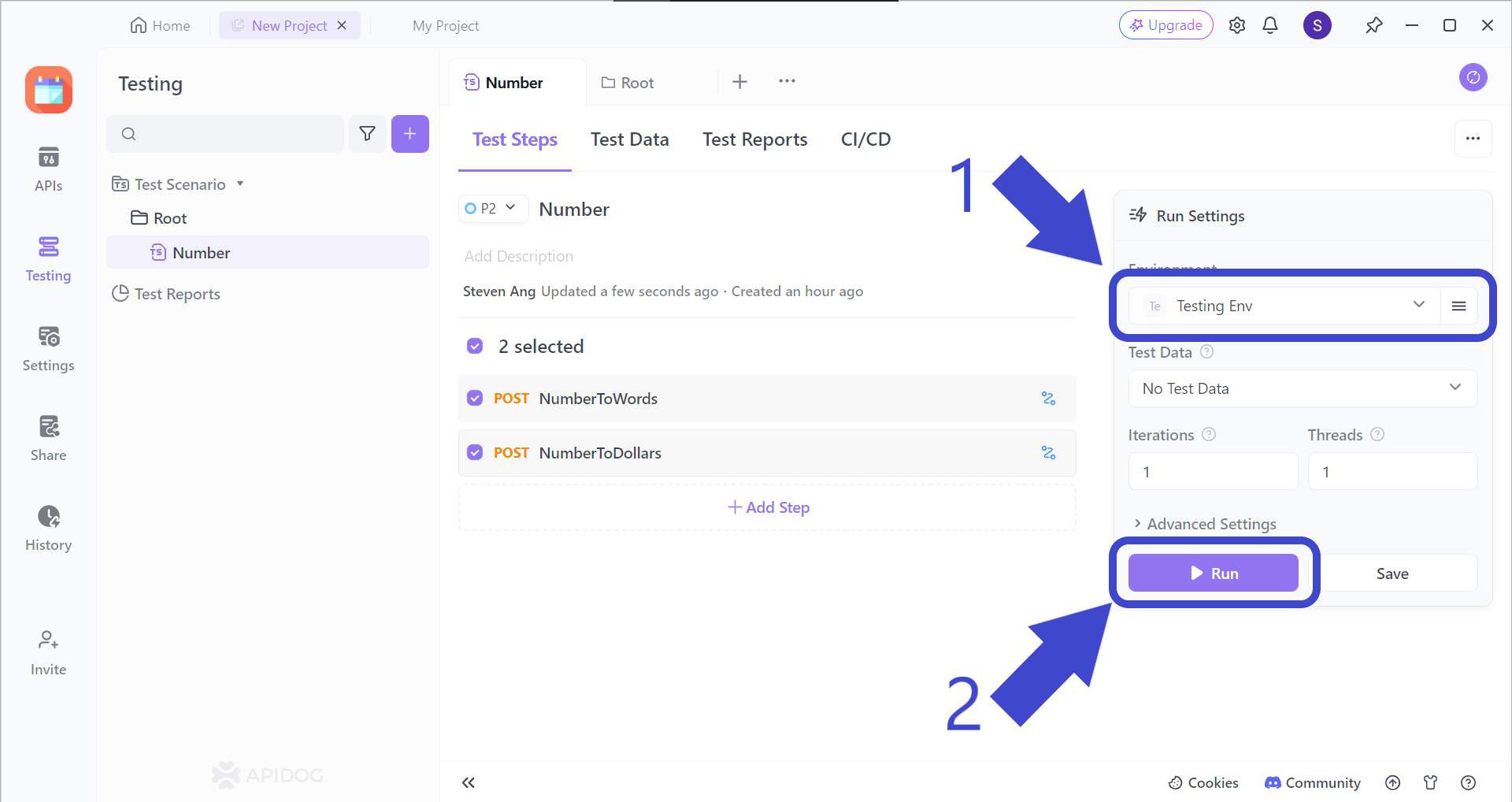
Before hitting the Run button to start your test scenario, make sure to change the test scenario environment, which should be Testing Env, as pointed out by Arrow 1.
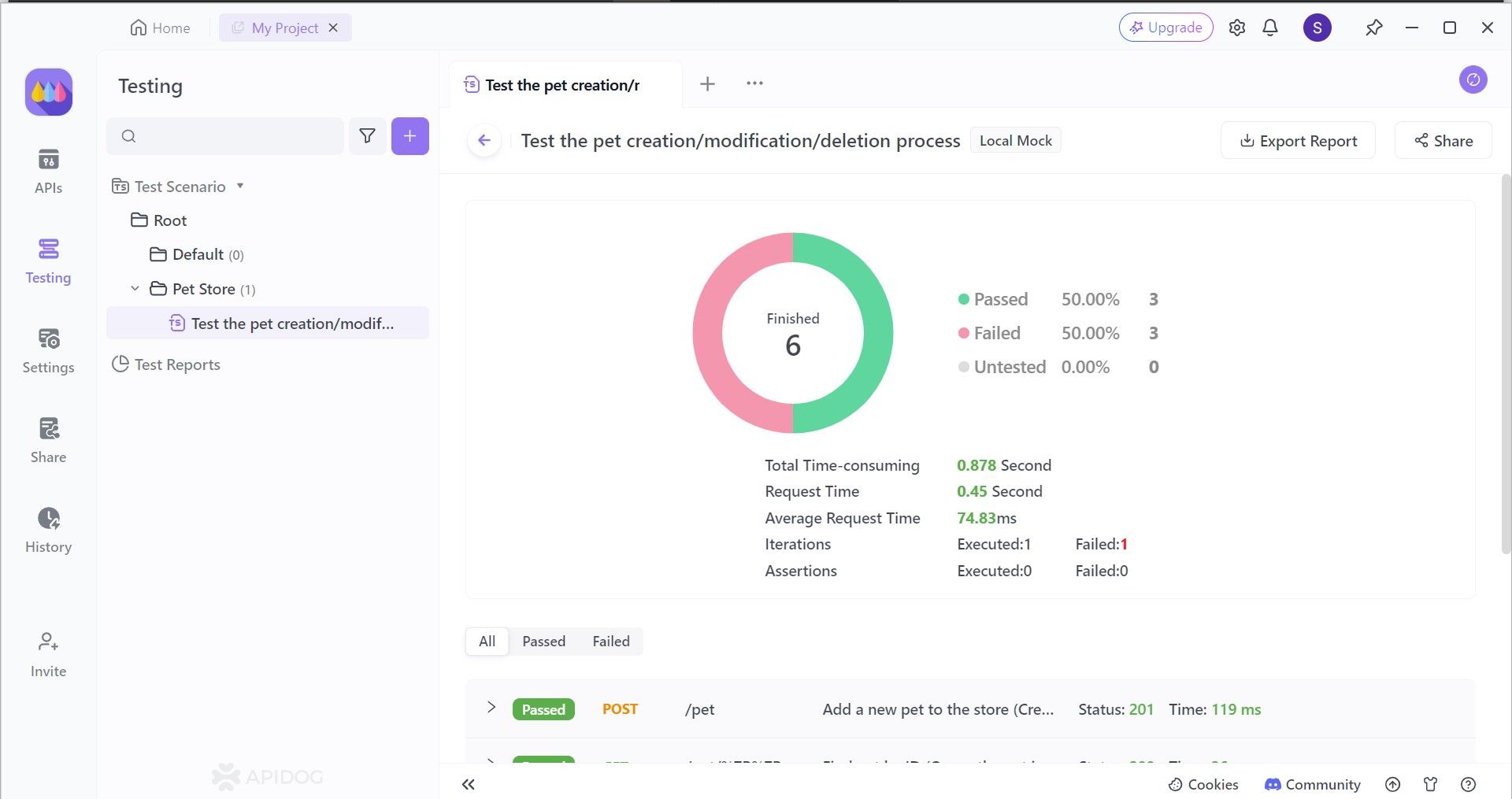
Evaluating your API's performance unlocks a treasure trove of information about its effectiveness. Armed with this knowledge, you can make data-driven decisions to optimize your API for the next development cycle.
Conclusion
REST API endpoints have emerged as a foundational concept in modern application development. Their ability to provide standardized access to data and functionalities has revolutionized the way software components interact. By mastering the core principles explored in this comprehensive guide, you'll be well-equipped to design, implement, and leverage RESTful communication effectively.
This newfound knowledge empowers you to unlock a world of possibilities, from building dynamic user interfaces to integrating disparate systems and fostering innovation through third-party development. Embrace the power of REST API endpoints and embark on a journey of seamless data interaction and groundbreaking application creation!






